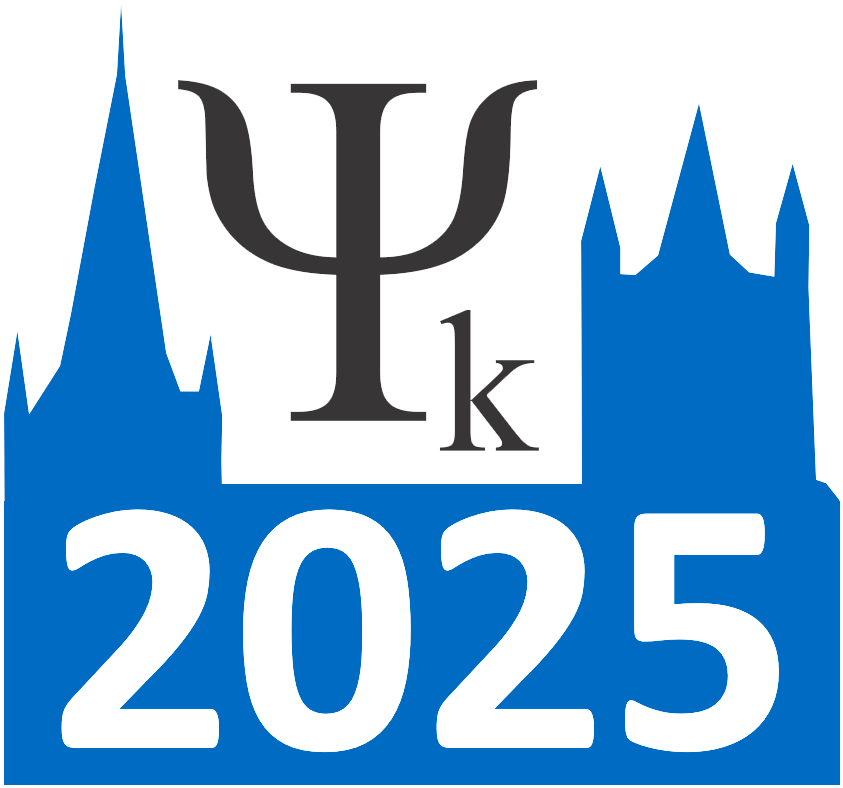
Integrating computational molecular design into real-world applications (e.g., drug discovery, sensor development) requires deep understanding of structure–property and property–property relationships across chemical spaces, along with robust methodologies for building inverse design models. In this work, we will discuss these relationships in the chemical space spanned by drug-like molecules (Aquamarine dataset) and odorant-receptor systems (MORE-Q dataset), highlighting the existent “Freedom of design” [Chem. Sci. 14, 10702 (2023)]. The insights gained are then leveraged to guide diverse molecular design tasks within a generative AI framework based on equivariant diffusion modeling. We first demonstrate the capabilities of this framework through the identification of candidate drugs in property spaces defined by intensive/extensive quantum-mechanical properties. Building on this, we introduce a generative design strategy aimed at discovering odorant-receptor systems that meet key gas sensing requirements. We expect our work will contribute the advancement of multi-property optimization frameworks for multiple chemical and biological processes.

Integrating computational molecular design into real-world applications (e.g., drug discovery, sensor development) requires deep understanding of structure–property and property–property relationships across chemical spaces, along with robust methodologies for building inverse design models. In this work, we will discuss these relationships in the chemical space spanned by drug-like molecules (Aquamarine dataset) and odorant-receptor systems (MORE-Q dataset), highlighting the existent “Freedom of design” [Chem. Sci. 14, 10702 (2023)]. The insights gained are then leveraged to guide diverse molecular design tasks within a generative AI framework based on equivariant diffusion modeling. We first demonstrate the capabilities of this framework through the identification of candidate drugs in property spaces defined by intensive/extensive quantum-mechanical properties. Building on this, we introduce a generative design strategy aimed at discovering odorant-receptor systems that meet key gas sensing requirements. We expect our work will contribute the advancement of multi-property optimization frameworks for multiple chemical and biological processes.